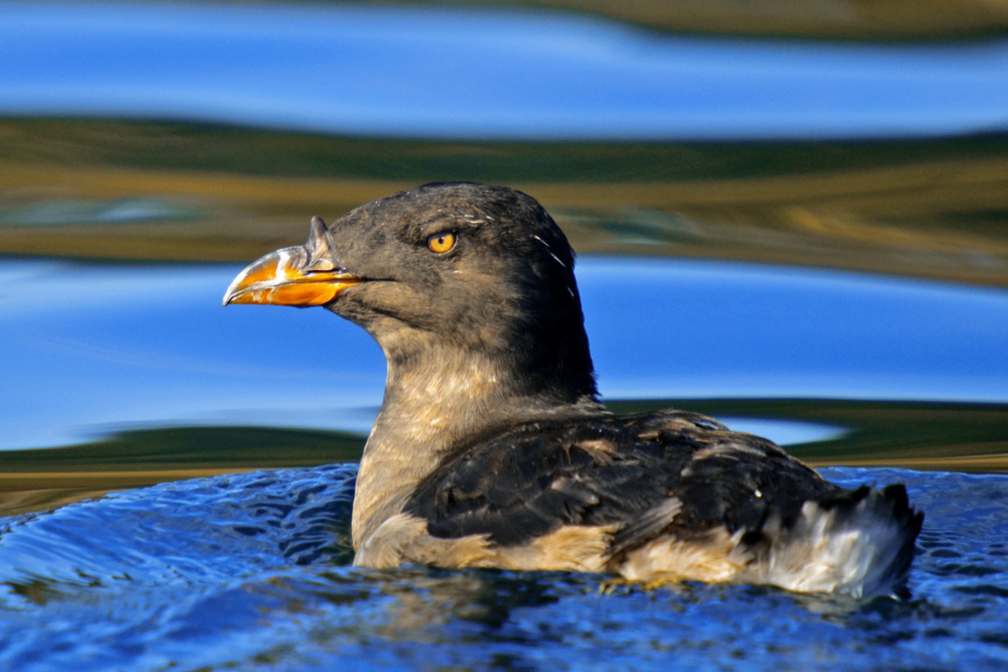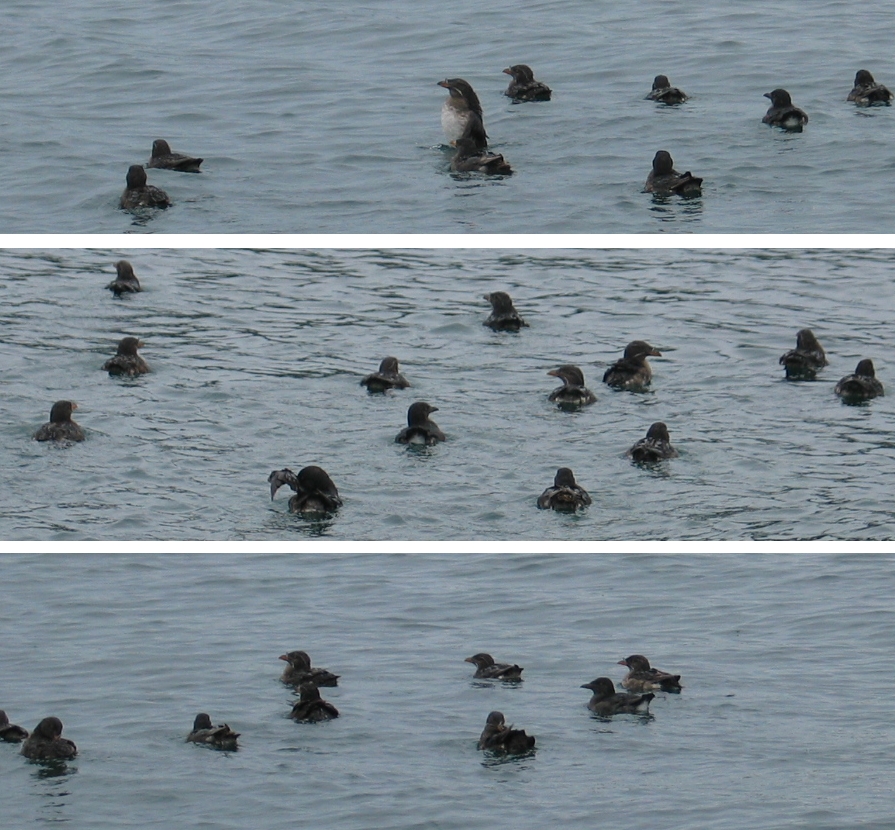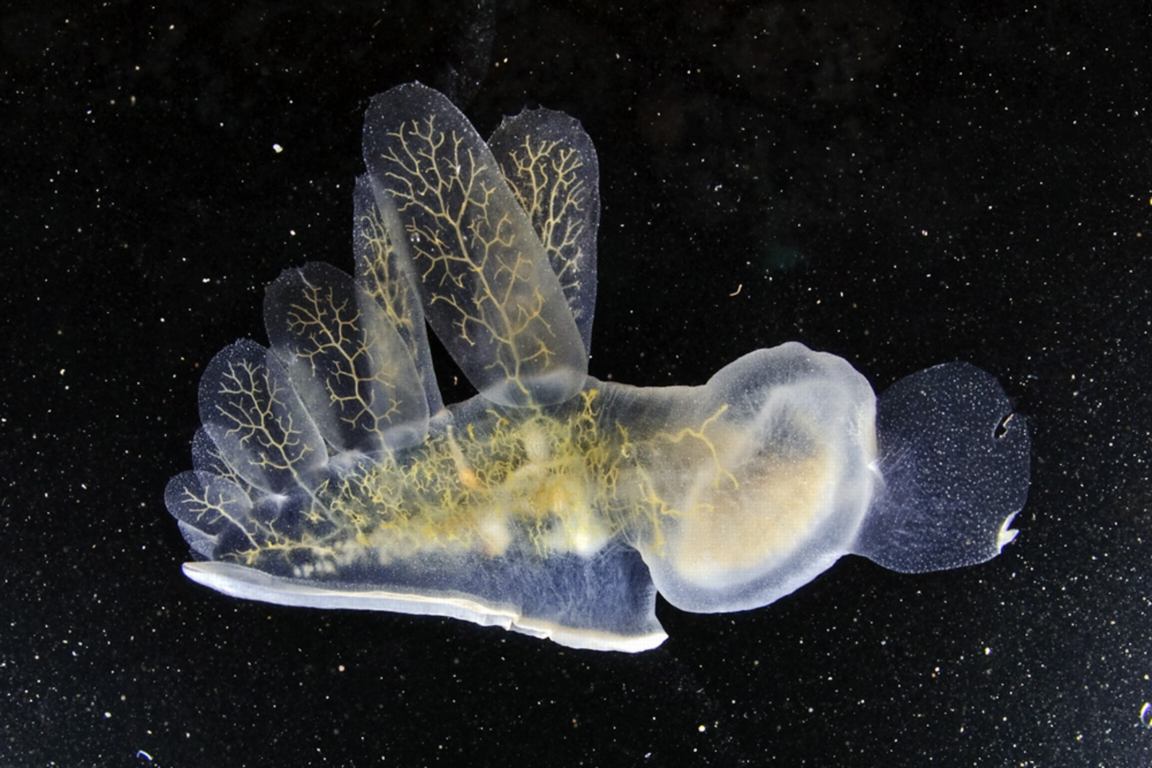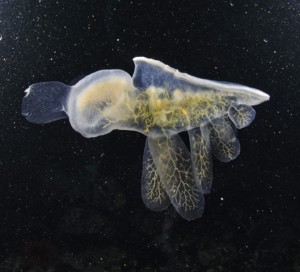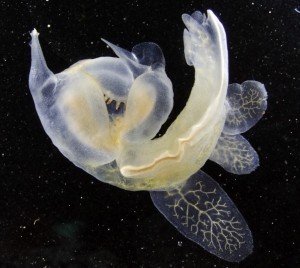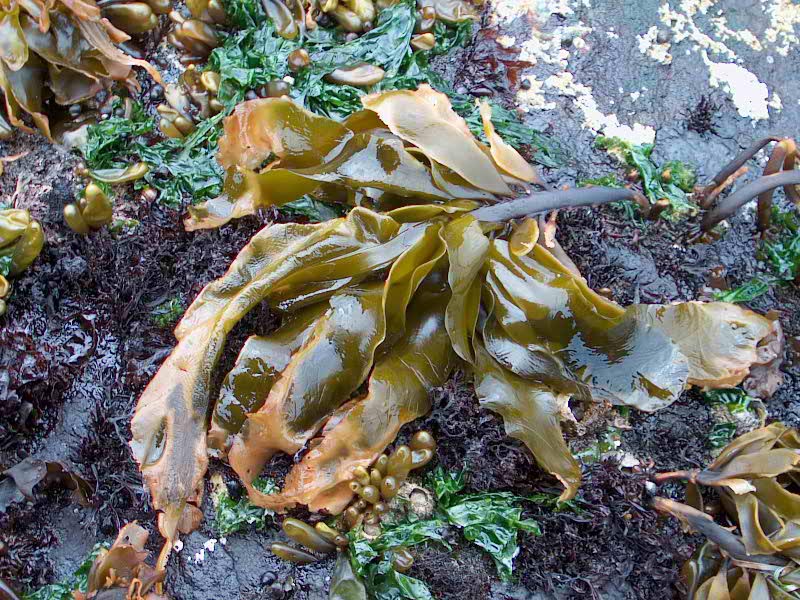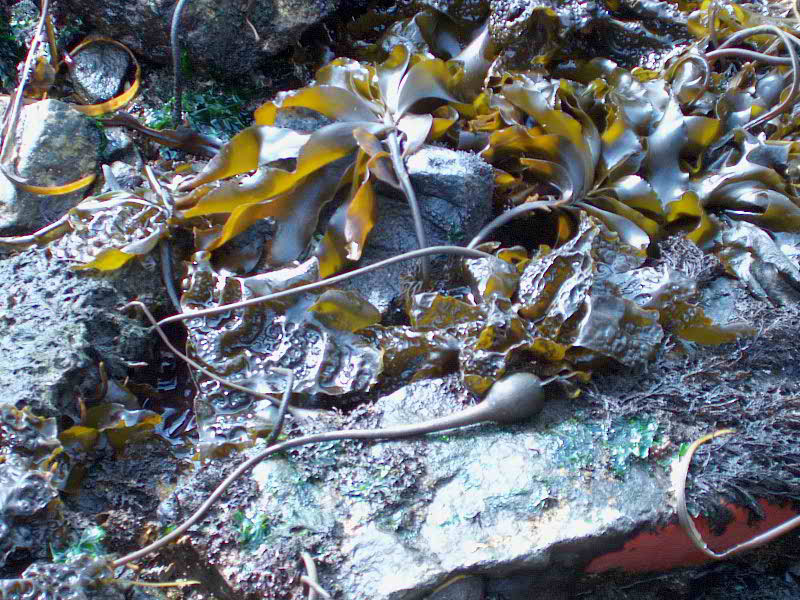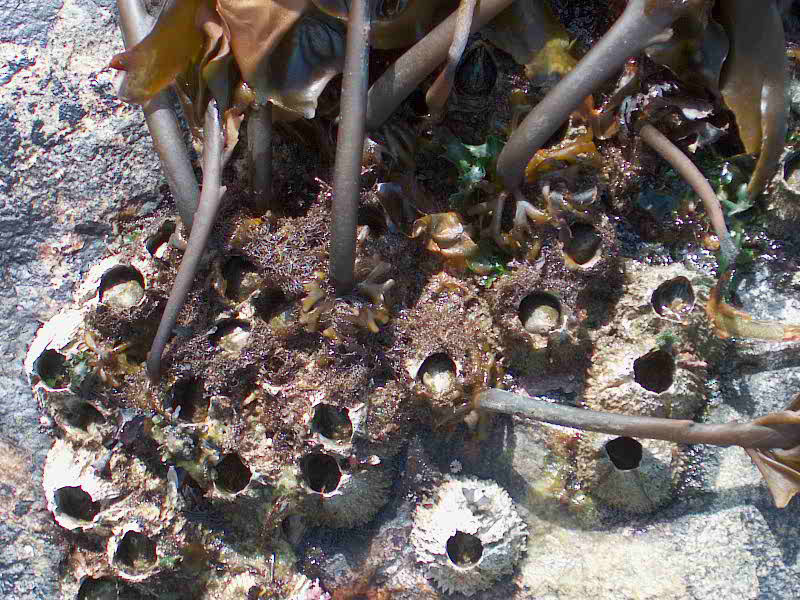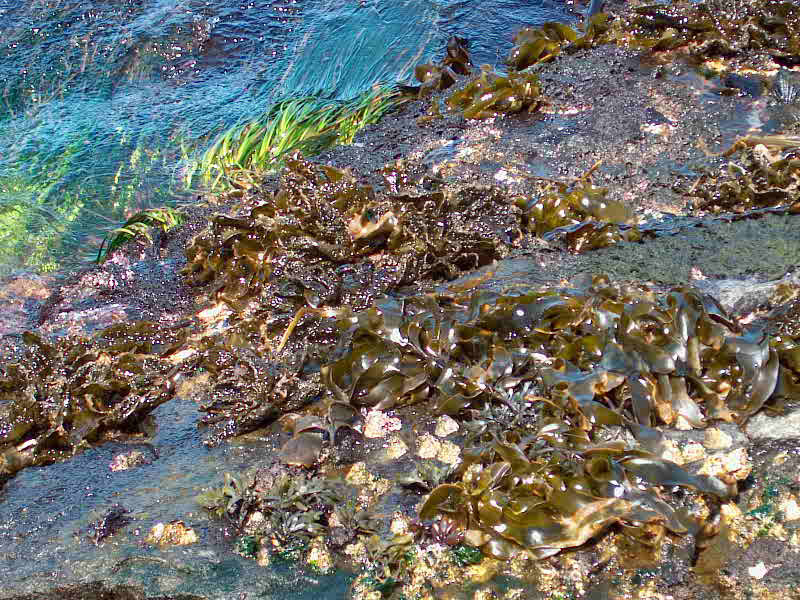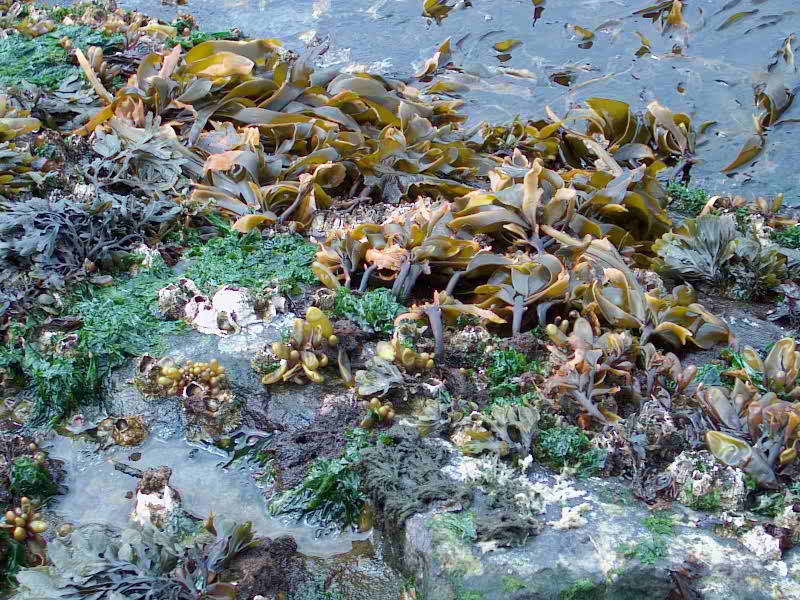Race Rocks Public Advisory Board Draft Terms of Reference
Note : May 2010–DFO has replaced this draft version by the one that was linked here.
1. Introduction:
Section 35 (1) of the Oceans Act provides the authority for the nomination or recommendation and establishment of Marine Protected Areas (MPAs). An MPA may only be established for one or more of the following reasons. The conservation and protection of:
Commercial and non-commercial fisheries, including marine mammals and their habitats;
Endangered or threatened species and their habitats;
Unique habitats;
Marine areas of high biodiversity or biological productivity; or
Any other marine resource of habitat as is necessary to fulfill the mandate of the Minister of Fisheries and Oceans.
The Race Rocks marine area has been recommended as a Marine Protected Area of Interest for a number of reasons. As a transition zone between the Pacific Ocean and coastal waters, the area is renowned for its exceptional diversity of marine life. It is an area of high biodiversity and biological productivity. It is important habitat for marine mammals and the area provides habitat for threatened species.
From a First Nation’s perspective the area has cultural significance with respect to traditional use and management of the area’s resources. There is recognition that, should a Marine Protected Area be established, the Government of Canada as represented by DFO will work cooperatively with the First Nations in the care and management of the MPA towards a common vision for the MPA.
The Race Rocks group of islets and submerged land was designated as an Ecological Reserve in 1980 under the province of British Columbia’s authority and a cooperative management relationship has been developed with Lester B. Pearson College of the Pacific. DFO and BC Parks, in collaboration with First Nations, stakeholders and the public, are aiming to develop further management strategies to support conservation objectives for the area. To aid in this purpose the Race Rocks Public Advisory Board (RRPAB) has been convened with representation from a number of stakeholder groups and levels of government.
2. Purpose:
The Race Rocks Public Advisory Board has been established to enable a Marine Protected Area designation under the Oceans Act at Race Rocks. The terms of reference have been developed to clarify the objectives, process, role and conduct of the Advisory Board.
3. Objectives:
The Race Rocks Public Advisory Board will:
provide a forum for consultation and deliberation among its participants as a source of consensus-based advice to BC Parks and DFO. Such consensus advice shall fairly represent the collective and individual views of the RRPAB members and the constituencies they represent.
delineate geographical boundaries of the proposed MPA to achieve objectives
provide advice to DFO on the consultation process
collate, analyze and summarize feedback from consultations
provide advice on the issues and activities that may have an impact on the ecological components of the MPA
ensure community involvement in the establishment of Race Rocks MPA
4. Participation, Roles and Responsibilities:
Participants:
The Race Rocks area is of interest to a wide range of constituents representing a broad spectrum of activities. The RRPAB represents a reasonably comprehensive cross-section of interest groups and activities. The RRPAB shall be comprised of, but not limited to, representatives from the following groups:
Fisheries and Oceans Canada
BC Parks
Parks Canada Agency
First Nations
Department of National Defence
Lester B. Pearson College
Sports Fishery Advisory Board
Whale Watchers Operators Association
Scientific Community
Dive Community
Georgia Strait Alliance
Friends of Ecological Reserves
Canadian Parks and Wilderness Society
Local Marina Operators
If a member/participant is unable to attend a scheduled Board meeting, they may invite an alternate from their constituency. Participants are encouraged to invite other members of their groups to attend RRPAB meetings, with prior notification of the Chair and subject to space limitations.
Roles and Responsibility of Advisory Board Participants:
The RRPAB shall act solely as an advisory body to BC Parks and Fisheries and Oceans Canada. Nothing in these terms of reference constitutes authority to perform operational or management functions, or to represent or make decisions on behalf of BC Parks or DFO.
Participants on the Race Rocks Public Advisory Board are encouraged to:
Openly provide information on their activities and the activities of the constituents they represent within and surrounding Race Rocks
actively participate in discussions
share airtime with others
offer respect for different viewpoints and attention when others are speaking
ask questions for clarification and mutual understanding
verify assumptions
deal with differences as issues to be discussed, not positions to be defended
refrain from distracting others through side conversations, cell phones off
make a best faith effort to work toward an agreement at the table
wherever possible ensure that agreements developed are acceptable to the organizations, agencies or constituents that you represent
maintain dialogue with your constituency regarding the activities and discussions of the Race Rocks Public Advisory Board
refer media contacts regarding the activities of the Board to the Chair/facilitator. Board members can speak on behalf of the Board not on the behalf of individual members.
5. Process:
Recommendations by the RRPAB will be made through a consensus-based process. The intent of this process is to provide the opportunity for all parties to participate in a manner which responds to their interests. If issues arise, whenever possible, recommendations supported by consensus as opposed to being unilaterally imposed.
Consensus shall mean the “general agreement of all participants on a package of recommendations” and shall embody the following concepts:
Consensus does not mean total concurrence on every aspect of a decision, but all participants must be willing to accept the overall decision package.
If a participant withholds agreement on an issue(s), that participant is responsible for explaining how their interests are adversely affected or how the proposed agreement fails to meet its interests. The participant withholding agreement must propose alternatives and other participants must consider how all interests may be met.
Once consensus is reached on the overall package of advice, it is assumed to be binding (Cormick et al. 1996).
If consensus is not achieved through this process, each participant will exercise their rights, responsibilities, and mandates as they see fit — unfettered as to statutory decision-making responsibilities and without prejudice to their rights and obligations by reason of having participated in the process.
6. Meetings:
Meetings will be held periodically to assess and evaluate RRPAB’s activities and input. The chair / facilitator will be responsible to call meetings as interest or issues develop. RRPAB members are also able to call a meeting if a topic has to be addressed.
7. Deliverables:
The RRPAB will deliver recommendations to BCParks and DFO related to the designation of the MPA, with respect to the conservation objectives, the management objectives, monitoring, enforcement, public education and awareness and other MPA-related activities.
8. Timeline:
It is expected that the Race Rocks Advisory Board, as outlined by these terms of reference, will complete the tasks described by 31 March, 2010.
9. Responsibilities of Fisheries and Oceans Canada and B.C. Parks:
Fisheries and Oceans Canada and B.C. Parks support the sharing of information and dialogue from the consultative process. Representatives from the respective departments on the Race Rocks Public Advisory Board will endeavour to fairly represent the management recommendations developed by the Race Rocks Public Advisory Board. B.C. Parks and Fisheries and Oceans Canada will review the recommendations of the Advisory Board and consider those recommendations when developing criteria for the designation and management of Race Rocks Marine Protected Area.
